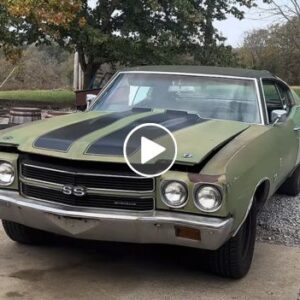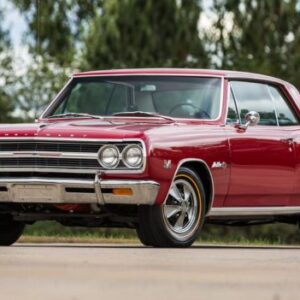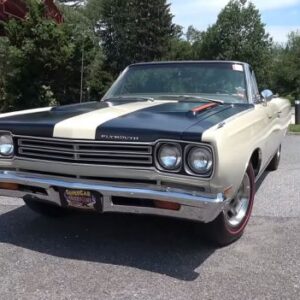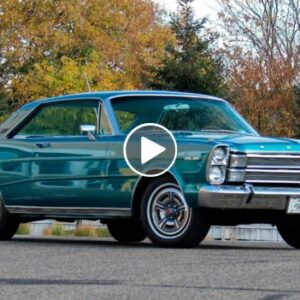We rely on automobiles in a way the first creators never imagined would happen. The simple machines of the early 1900s are far from the vehicles on the road today. Yet, the cars we are racing around in currently would not exist without these first automobiles. They may seem a fair distance from where we are and what we’re driving today, but are they? Regardless, these vehicles influenced the carmakers of today in significant ways. These are all the pre-World War II cars that changed the industry and paved the way for the vehicles we love to drive today.
1 1914 Vauxhall D-Type

The Vauxhall D-Type is the funny-looking car-jeep mash-up you see in historical reproductions of the Great War aka World War I. One of the first and only true automobiles used in the Great War, the Vauxhall had a solid, sturdy chassis and durable engine and rode around on skinny little tires transporting the officers faster than any horse could. Also called the 25-hp, the D-Type could carry five passengers at 60 mph across battle zones. The officers realized how valuable and important this automobile was for them. The enthusiasm was brought home and helped people trust the car, establishing it as a practical and much-desired commodity.
2 1933 Pierce-Arrow Silver Arrow
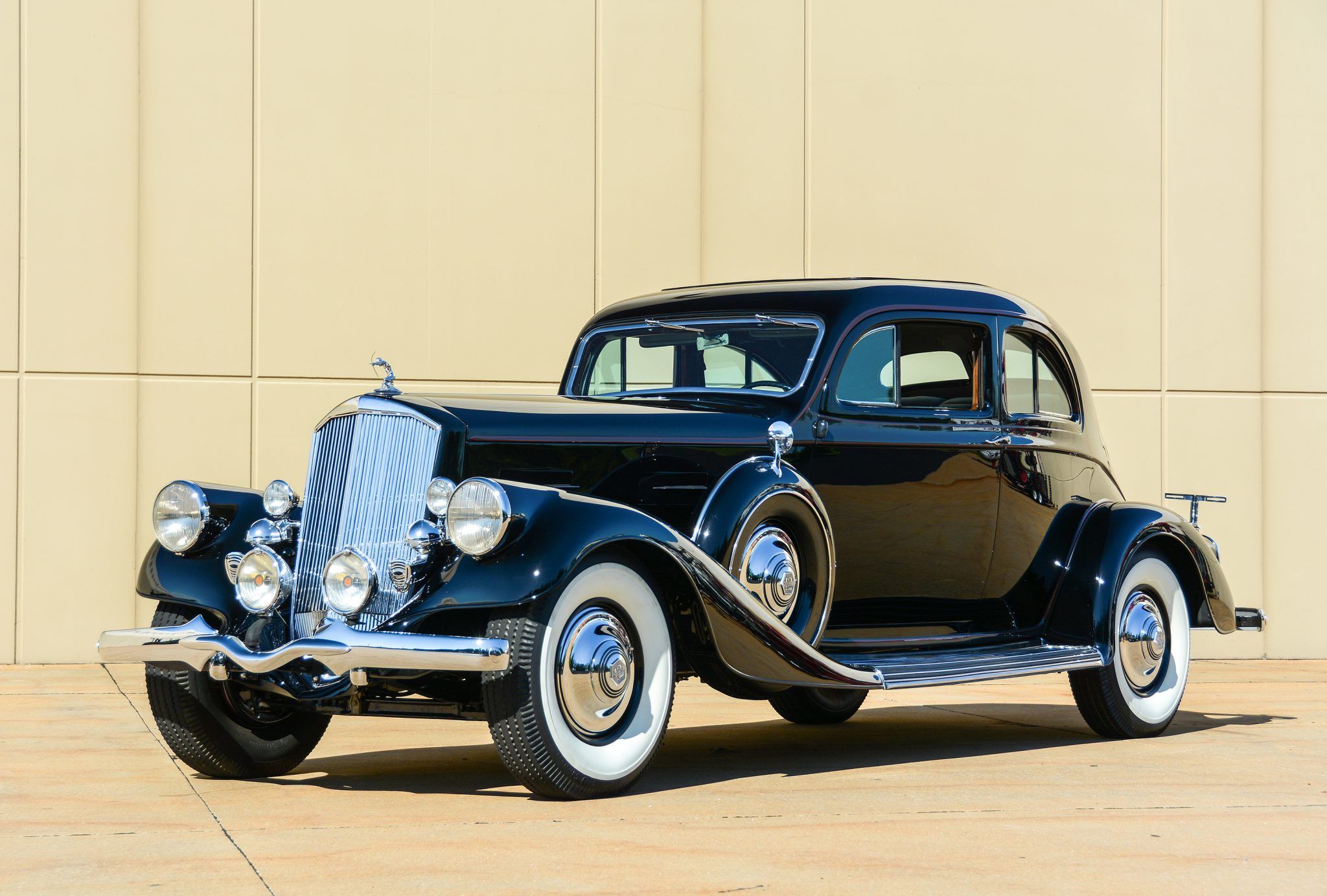
Phillip O. Wright and Roy Faulkner brought the sleek SIlver Arrow to life and streamlined her for looks. The roof was a single, smooth plane to the end of the rear fender. It was remarkable for a car to be styled in this fashion, and many followed after the Silver Arrow’s debut, hoping to capture the look of speed with the swooping roof line. Other innovations in the Arrow became commonplace in future cars, like an automatic clutch and power-assisted brakes, some of the first to be included in a production vehicle.
3 1929-37 Duesenburg Model J
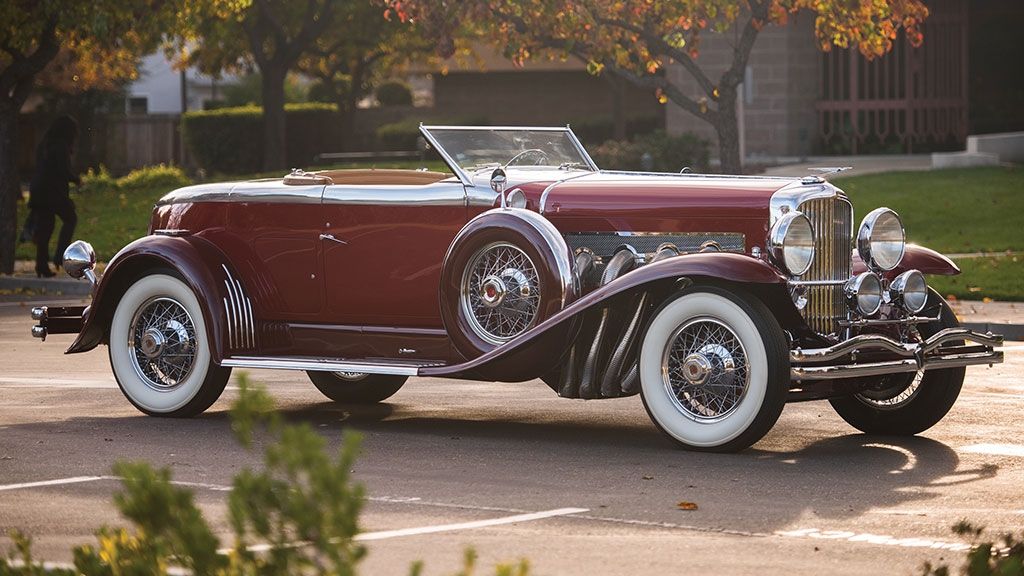
Dusenburgs were big, swooping beasts and symbols of excess. The Duesenberg is the car that the ultra-rich and the elite of the United States were driving, and only they could afford one of the 480 produced. E.L. Cord purchased Duesenberg in 1929 and set out to make the fastest, most luxurious car, and his engineers succeeded. With a 245-horsepower standard, the Model J went well over 100 miles per hour. A centrifugal super-charged engine version boosted that to 320 horsepower, which got this beast to move. This Model J was the start of the car market for the super-rich, and Duesenbergs were driven by Ethel Mars, Clark Gable, and other ultrarich people during this era.
4 1936 Bugatti 57SC Atlantic
This car is a rare gem and one of the rarest cars in the world, with only four of them ever being produced. It looks like a vintage Batmobile, in a way. Three Atlantic are accounted for, but the fourth is an elusive treasure that car collectors with serious money still hunt. This is the world’s most expensive car. The Atlantic boasts a tubular steel frame with the engine positioned directly over the front axle and came standard with hydraulic brakes. Still, it was expensive, so only the four were ever made. It was eventually done in by the Great Depression, like many outstanding vehicles.
5 1934 Chrysler Airflow
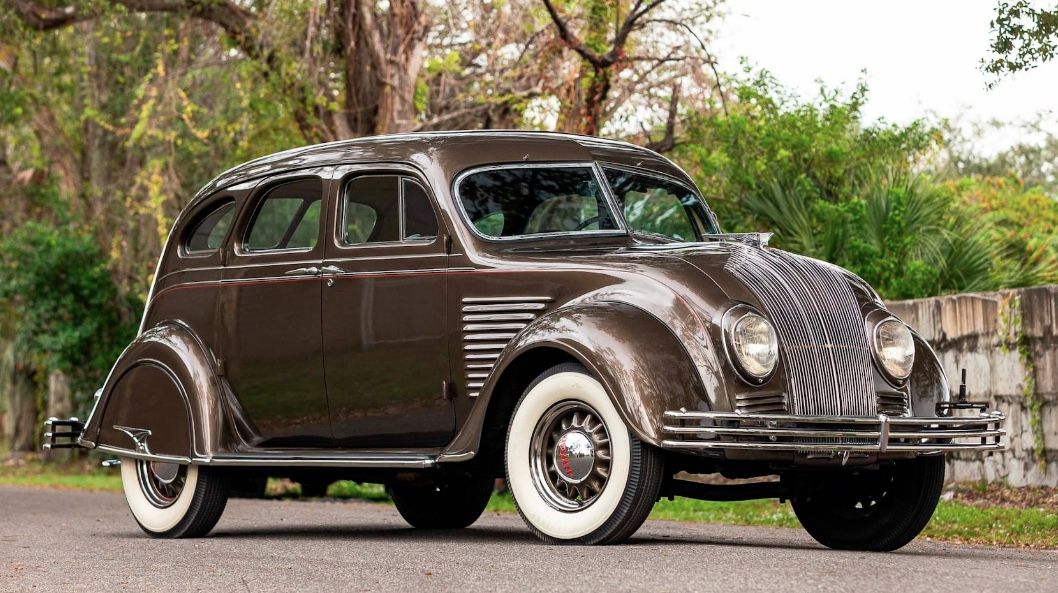
The humble Chrysler Airflow was a commercial failure, yet it was an engineering success and needed a place on the list. This is the first vehicle that implemented the concept of aerodynamics to make a car perform better. Streamlining the Airflow was the first time any designer paid attention to how a vehicle moved through the wind. It paved the way for every car today, where aerodynamics is a vast part of vehicle engineering.
6 1936-39 Rolls-Royce Phantom III

The Phantom III is a magnificent marvel of engineering. An aluminum alloy V-12 is what sets this particular Rolls-Royce apart. In the 30s, aluminum engines were for airplanes and Rolls-Royce’s. The single camshaft and overhead valves alluded to the machines that would come later. The car also boasted a dual ignition system for fail-safe starting. It went 0-60 in 16.8 seconds and had a top speed of 87 miles per hour, nothing to be ashamed of when few cars went over 60 mph ever. It was also the last V-12 Rolls-Royce made until 1998.
7 1932 Ford V-8 (Model B)1932 Ford Model B or
.png)
This is one of the significant innovations of Ford Motor Company. It leapfrogged all the competition with the 65-horsepower V-8. You may know this car as the “Deuce” or the “Deuce Coupe.” This was a radical advance in the non-luxury market. It had a cast-iron engine with side-opening valves. It came at an affordable price, with models costing between $450 and $650. You may also remember it as the car Bonnie and Clyde drove, and Ford sold 178,749 examples in 1932 alone.
8 1914-21 Dodge Brothers Model 30
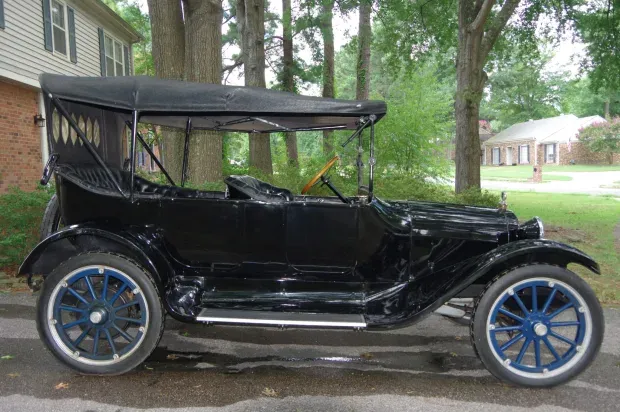
Few people remember the cars made by the Dodge Brothers. The Brothers took their turn in the automobile market when they made $25 million selling Henry Ford back his stock. They were radical thinkers and believed there should be an affordable, reliable car with more power and standard features than a Model T. The Model 30 was the first car to offer an all-steel body. It also came equipped with a folding top, electric lighting and starter, headlights, leather upholstery, a windshield, and a speedometer standard off the line. The brothers sold 596,700 over the seven years of life this Model 30 had. They showed that great cars could also be affordable and that everyone should have the chance to buy something they liked.
9 1927 Ford Model A
.png)
The marvelous thing about the Model A was that it was mass marketed and came with the first safety-glass windshield. The ability to mass market was enabled by the vertically-integrated production facilities that set Ford apart. Between 1927 and 1931, over 3.5 million Model A were produced and showed the way of the future. The assembly line is the thing that made Ford so successful, and this automobile’s production numbers prove that.
10 1936 Cord 810maroon 1936 Cord 810
.png)
You have probably never heard of the Cord 810. It was the brainchild of E.L. Cord, owner of Duesenberg and a man who wanted his name on his own vehicle. The car failed miserably, but this was due to the high price of $3,000 and the advancements in technology that made them so complicated mechanics wouldn’t come close to them. This car made the top spot because it foreshadowed the industry’s future. So many of the standard car features today started with the Cord 810. It featured an independent front suspension, a unitized body, an alligator-style hood, a streamlined gas cap, and headlights that concealed and had to be brought out with a crank. The 125-horsepower engine was outstanding and received an upgrade with a centrifugal supercharger in the 1937 Cord 812. The most astounding thing is the four-speed Bendix preselector gearshift that uses vacuum-electric shifting. Though if you lost the vacuum, the car would no longer shift, which is an obvious issue. Technology was also the downfall; the Cord was too far ahead of its time. But it is the car that looked the most like our current models and was so far ahead of its time people didn’t know what to think. In 2007, they even tried to bring a new version of the Cord 810 back to the mainstream, though it only made it to the concept stage
